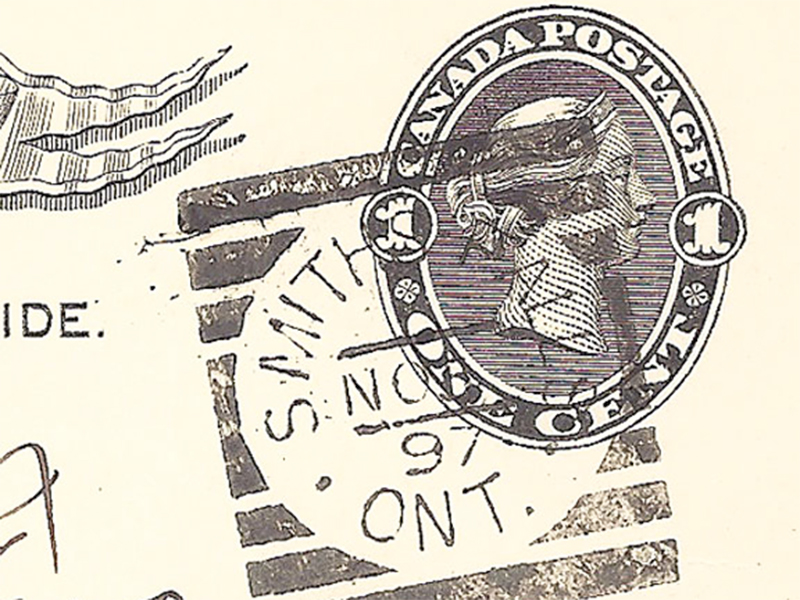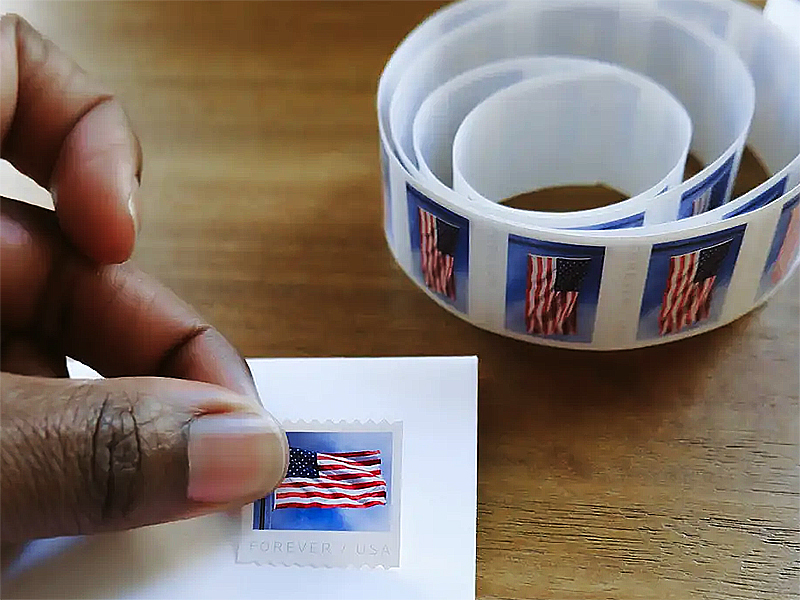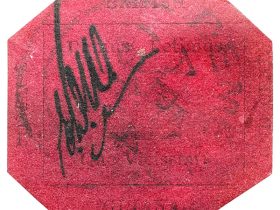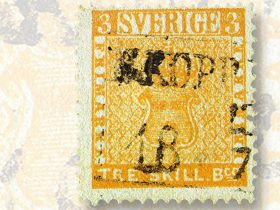In philately, stamp grade and condition are very important when it comes to determining the value of stamps. Even if you enjoy stamp collecting as a hobby and not for investment purposes, the factors that comprise stamp appraisal should be taken into consideration.
The term grade often refers to the centering and cancellations of postal stamps; while condition refers to perforations, gum, creases, thins, color fading, stains, re-perforation, tears or alterations of the stamps.
Philatelists may use different terms in appraising stamps however, each postage stamp grading service follow a standard criteria. If you live far from a stamp appraiser, you can purchase stamp grading software or avail a stamp appraisal online.
What is stamp condition?
The stamp’s condition is generally described by its physical characteristics. As a standard procedure, stamps must be dipped in order to determine its condition and from here on, we can see its faults.
Faults on stamps are anything that has been damaged, changed or altered in its appearance.
These includes, chemical changes in color, non postal marks found on the stamp like crayons or pens, tears and repairs, thins which can only be seen under light examination, holes and missing pieces.
You must pay attention to the stamp gum. The gum condition of stamps also varies and they are as follows:
- Original gum, a stamp having the original adhesive when it was produced, thus these are mint stamps.
- Regummed, a stamp whose adhesive was reapplied; this is usually done by some stamp dealers in order to make it appear complete.
- Unhinged, a regummed stamp that has not been affixed to a hinge or a stamp mount.
- No gum or Ungummed, a stamp that has no adhesive on its back. It may have been intentionally produced with adhesive or the adhesive was removed by soaking.
- Unused, a stamp that has not been used; this includes the no gum and regummed stamps.
- Hinged, a stamp where traces of the hinged mount remained; it can either be lightly hinged or heavily hinged.
- Thinned, a stamp where the gum was removed including some of the paper.
- Never Hinged, a stamp that has its original gum and it is usually considered as mint stamps.
After the stamp gum, determine the stamp perforation condition. The perforation conditions are:
- Imperf, a stamp that is intentionally produced without perforations and can only be separated with the use of cutters or scissors.
- Straight edges, stamps that are cut straight to all sides and do not have perf teeth.
- Reperforated, are stamps that have straight edges and have been perforated.
- Blunt perf, a stamp with a perforation shorter than the usual.
- Pulled perf, a perforation where a portion of the stamp design is on its perf teeth.
- Blind perf, a perforation that has not been fully punched and left some paper on where perf holes should be.
What is stamp grade?
Every stamp collector must have a general knowledge on how to grade stamps.
Stamp grades are usually based on the centering of the stamp design between perforations, and the degree of cancellation on used stamps.
In stamp collecting, postage stamps grading ranges from poor to superb.
Poor grade (P) means that the stamp design is not centered and perforations are cut far into the design. They are usually referred as damaged stamps because the cancellations are thick and heavy, it is smeared, blurred and it also has tears, creases or thins.
Average grade (A) means that the stamp design may be slightly cut by one or two sides and outside margins may show on the perf teeth and also has heavy cancellation marks. It is a bit similar to poor grade, only that it does not have tears, creases or thins or faults.
Fine grade (F) means that the stamp’s design barely misses its perforations but they do not cut into the design. The margins are unbalanced, it is either the top and bottom are perfectly balanced while the left and right sides are unbalanced or the other way around.
Fine to very fine grade (F-VF) means that the stamp design is slightly off-centered either horizontally or vertically and the design is clear from perforations.
Very fine grade (VF) means that the stamp design is close to perfectly centered and three of the margins are balanced. For used stamps, cancellations must be light, neat and clean. Perforations are intact and have no faults.
Extremely fine grade (XF) means that the stamp is close to perfect. The stamp design is well centered; margins on all sides are even and wider than usual, and clear from perforations. Cancellations are light and neat for used postage stamps; and must have original gum for mint stamps.
Superb grade (S) means that the stamp design is perfectly centered and perfect in all aspects and is usually scarce, therefore considered as valuable. Some rare stamps have an S grade.
A stamp with an Superb grade
An S grade stamp is in mint condition. These stamps are very rare. Another important aspect in stamp gradeing is postage stamp identification.
The age of stamps and its rarity are also crucial to know the postage stamps prices.









Leave a Reply